Mount Kilimanjaro, the tallest peak in Africa, is one of the most sought-after climbing destinations in the world. Standing at 5,895 meters (19,341 feet), this dormant stratovolcano offers climbers a unique opportunity to hike through diverse climates and ecosystems as they ascend to the summit. From lush rainforests to the icy summit, the mountain offers breathtaking views and challenges. However, understanding the Best Time to climb Kilimanjaro is key to ensuring a successful and safe trek.
The Best Time to Climb Mount Kilimanjaro in 2025-26 is during the two dry seasons: December to mid-March and late June to October, when weather conditions are stable and summit success rates peak.
In this blog, we’ll dive deep into Mount Kilimanjaro Weather, the best seasons, and the best months to climb, as well as important tips on preparing for the climb and essential gear you’ll need.
When Is the Best Time to Climb Mount Kilimanjaro?
Climbing Mount Kilimanjaro is a major physical and mental challenge, and the timing of your expedition plays a crucial role in your experience. Two key elements determine the best time to climb: weather conditions and crowd levels.
The Climatic Seasons:
Kilimanjaro has two main climbing seasons, each offering a unique experience.
Dry Season: This is the ideal time to climb, and it occurs in two distinct periods:
- January to March: The first dry season, often referred to as the short dry season. The weather is mild, and the skies are clear. It’s a great time to trek, with lower chances of rainfall.
- June to October: The second, longer dry season is considered the most popular time for climbing Kilimanjaro. Clear skies, moderate temperatures, and minimal rain make it the perfect time for summiting.
Rainy Season: While it’s still possible to climb during the rainy months, it’s generally not advisable:
- April to May: The long rainy season brings heavy rainfall, which makes the trails slippery, muddy, and less enjoyable. This is the least recommended time.
- November to December: The shorter rainy season, with intermittent rains. While less intense than the long rains, it still results in higher chances of wet weather.
Which is the Best Route to Climb Kilimanjaro
By choosing the Best Kilimanjaro Route and the Best Time to Climb Mt. Kilimanjaro, you can ensure that your trek to the summit is a success.
| Route | Duration | Crowd Level | Acclimatization | Success Rate |
| Marangu Route | 5-6 Days | High | Fast | Moderate |
| Machame Route | 6-7 Days | Moderate | Moderate | High |
| Lemosho Route | 7-8 Days | Low | Slow | High |
| Rongai Route | 6-7 Days | Low | Moderate | High |
| Umbwe Route | 5-6 Days | High | Fast | Low |
Kilimanjaro Weather and Temperature Insights
One of the most important factors to consider when choosing the Best Time To Climb Mount Kilimanjaro is the temperature. Due to the varying altitudes, the temperature at the base differs drastically from the summit.
- Base and Lower Zones (1,000m – 3,000m): These areas are tropical, experiencing warmer conditions with temperatures ranging from 20°C to 30°C (68°F to 86°F). Daytime is generally sunny and warm, while nighttime temperatures can be cool but still comfortable.
- High Zones (3,000m – 4,500m): As you ascend, temperatures begin to drop. The average temperature in these zones is between 5°C and 10°C (41°F – 50°F). At night, the cold can be more intense.
- Summit Zone (5,000m – 5,895m): The summit temperature at Mount Kilimanjaro is extreme, with average temperatures ranging between -5°C to -20°C (23°F to -4°F), depending on the season. It’s important to be prepared for freezing conditions, especially during the night.
Explore The Kilimanjaro Climate Zones
The mountain itself is divided into five distinct climate zones, each offering a different environment and atmosphere:
- Tropical Zone (1,000m – 1,800m): Located at the base of Kilimanjaro, this zone is lush, humid, and tropical. It’s the perfect habitat for rich vegetation, including giant ferns and tropical trees.
- Montane Zone (1,800m – 2,800m): This zone is characterized by a temperate climate with cooler temperatures and dense rainforests, home to a variety of bird species and primates.
- Alpine Zone (2,800m – 4,000m): A dramatic shift occurs in this zone, where the landscape transforms into alpine meadows and dry scrub. The temperatures here start to drop significantly, and there is less vegetation.
- High-Alpine Zone (4,000m – 5,000m): The conditions become much colder and more challenging. The landscape is rocky and barren, and snow begins to appear in patches.
- Arctic Zone (5,000m – Summit): The highest and most extreme zone on the mountain, this is where climbers experience freezing temperatures, glaciers, and a lack of oxygen. Only the most prepared adventurers can summit Kilimanjaro in this zone.
How to Prepare for Kilimanjaro
Prepare for Climbing Kilimanjaro requires thorough preparation to increase your chances of summiting. Here are some tips:
- Physical Preparation: Kilimanjaro is a physically demanding climb. It’s essential to build stamina and endurance with regular cardio and hiking before the climb.
- Mental Preparation: The climb to Kilimanjaro’s summit is a mental challenge. You will need to focus on perseverance and maintaining a positive attitude, especially as you approach the summit.
- Altitude Acclimatization: Acclimatization is key to avoiding altitude sickness. Choose a route with adequate acclimatization days and ensure a gradual ascent.
Essential Gear Checklist
Packing the right gear is critical for your comfort and safety. Here’s the ultimate Kilimanjaro Packing List you’ll need for a successful climb.:
- Clothing: Layered clothing including moisture-wicking base layers, fleece or down jacket, waterproof outer layer.
- Footwear: Sturdy, waterproof hiking boots and gaiters to keep out debris.
- Headgear: Warm hat for the summit, and a sun hat for lower altitudes.
- Sleeping Bag: Rated for temperatures as low as -20°C (-4°F).
- Hydration and Snacks: A hydration system and high-energy snacks for fuel during the hike.
- Sunscreen and Lip Balm: Protect yourself from the sun at lower altitudes and the wind at higher altitudes.
- Medical Kit: First aid supplies including medications for altitude sickness, blisters, and any personal needs.
When We Recommend To Climb Kilimanjaro
Kilimanjaro Heroes Adventures recommends Climbing Kilimanjaro, particularly from January to February. These months are the driest in Kilimanjaro, offering you the best views and many perfect-picture opportunities. We can help climbers choose optimal dates, routes, and gear for a high chance of summit success.
Furthermore, December to mid-March and mid-June to the end of October are the Best Times To Climb Kilimanjaro. Once you’ve decided which month to climb the mighty Mount Kilimanjaro, we recommend contacting our team of professionals.
Our mountaineers have been summiting Kilimanjaro for decades and can help you professionally plan the most exciting summit of your life. We’ll see you on the mountain!

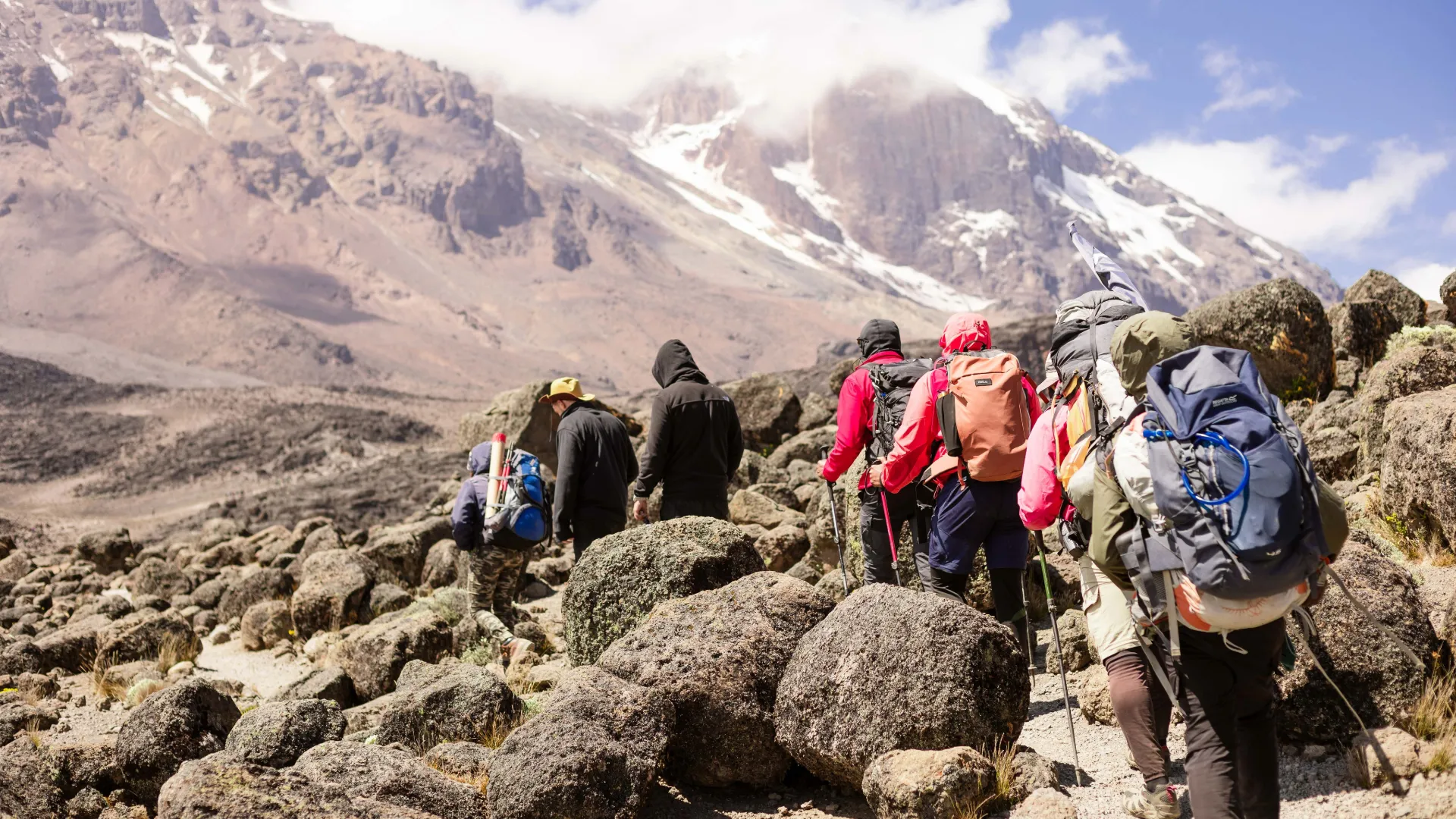
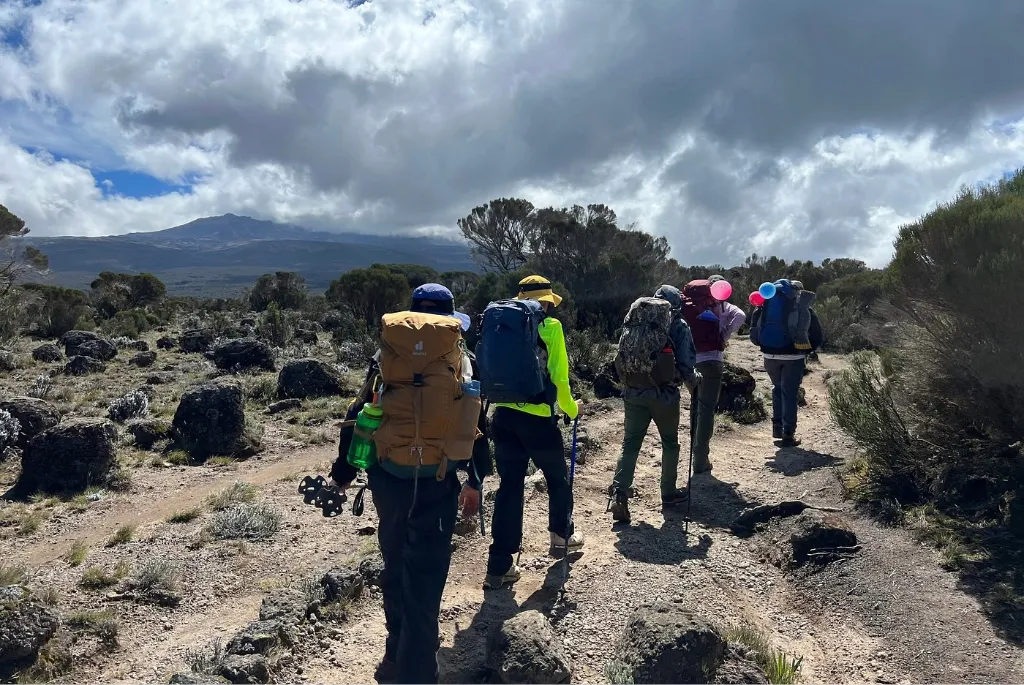
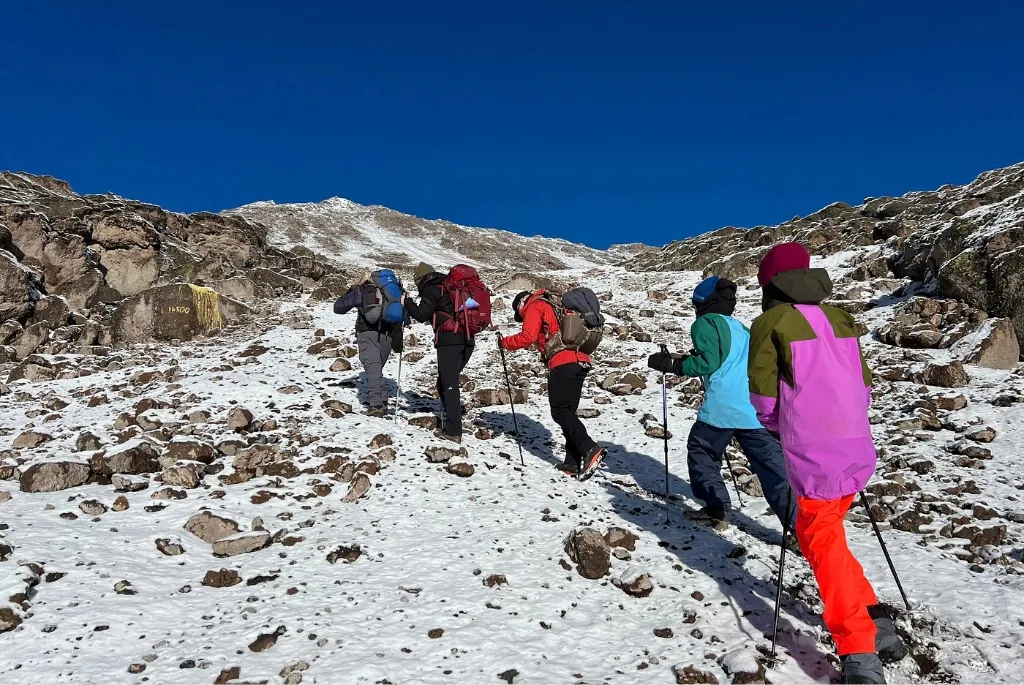
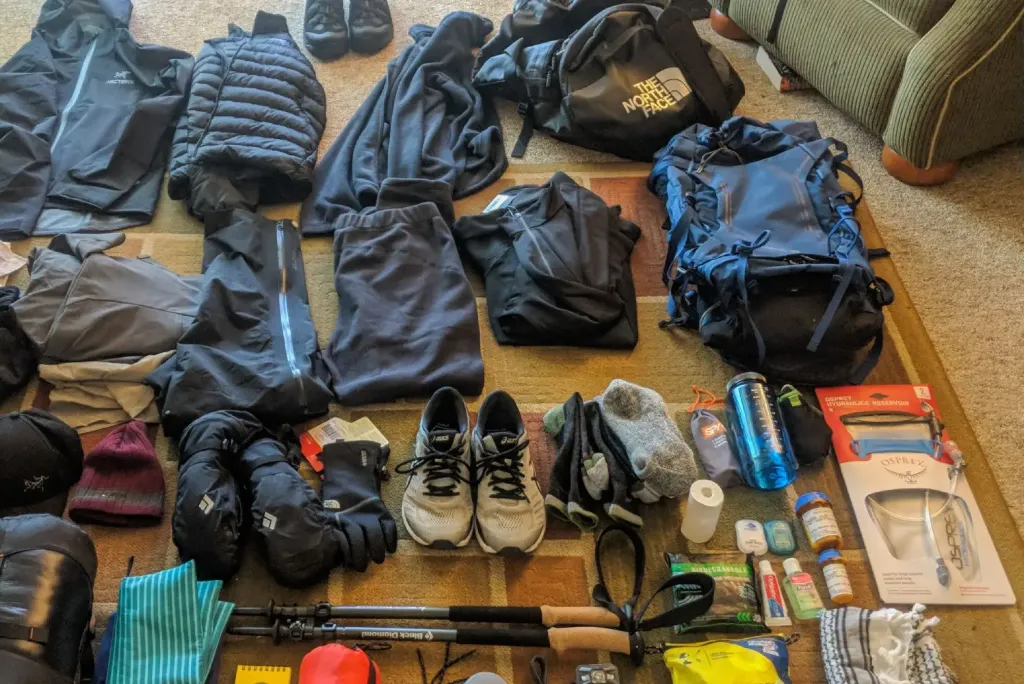
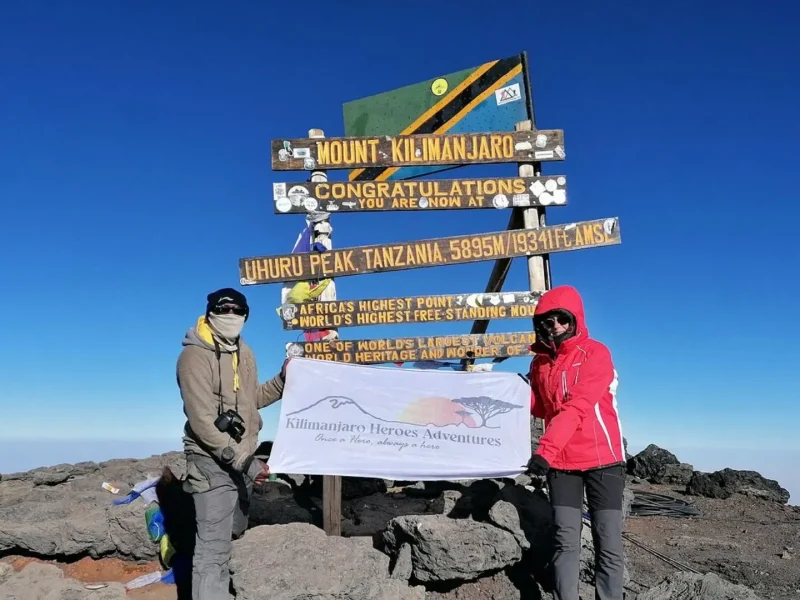
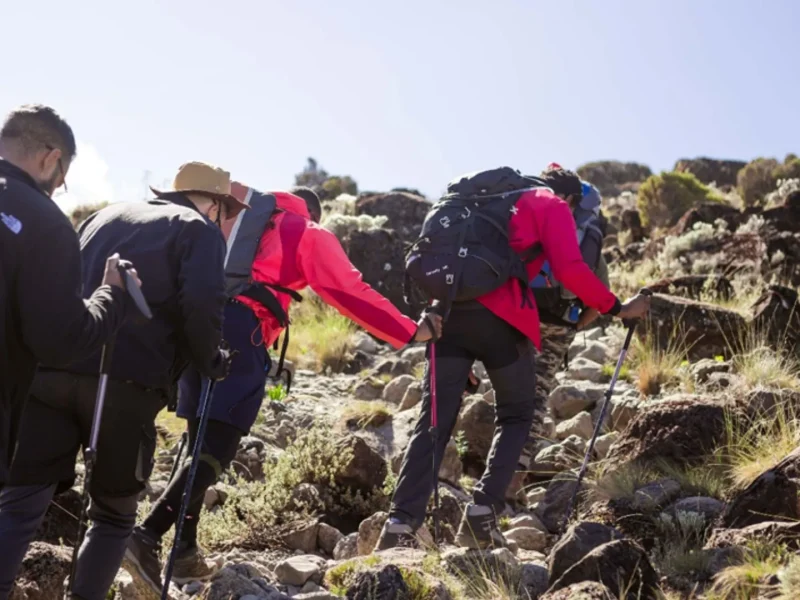
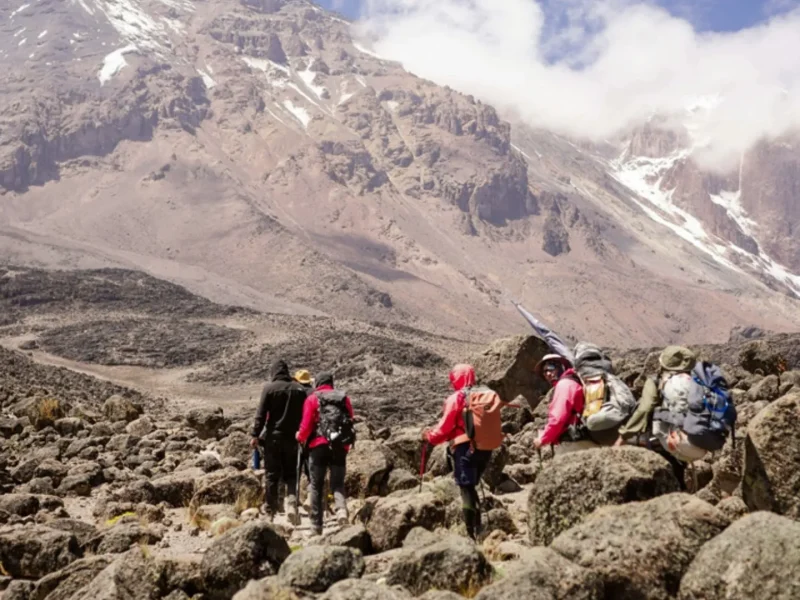
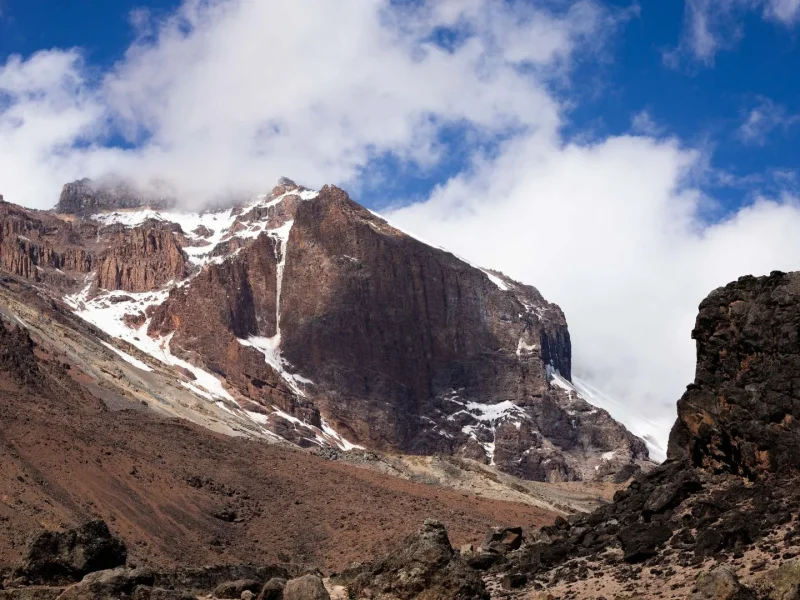
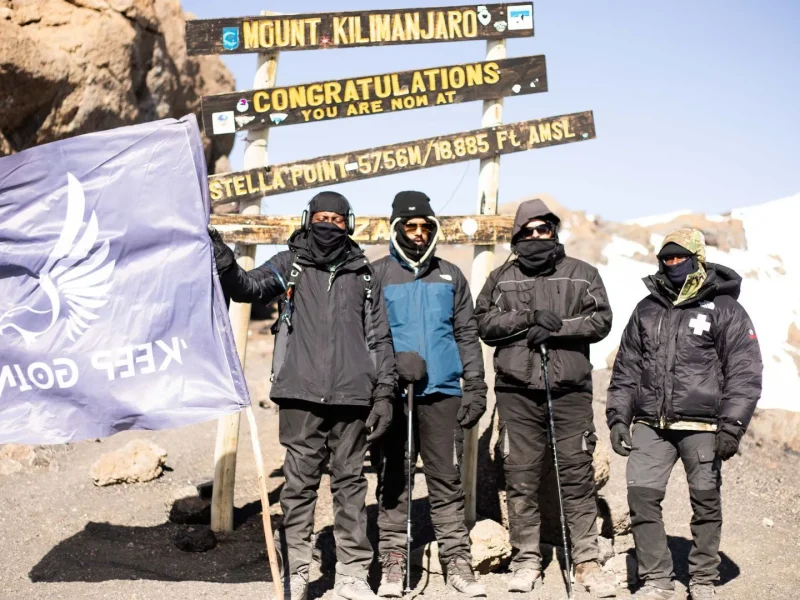
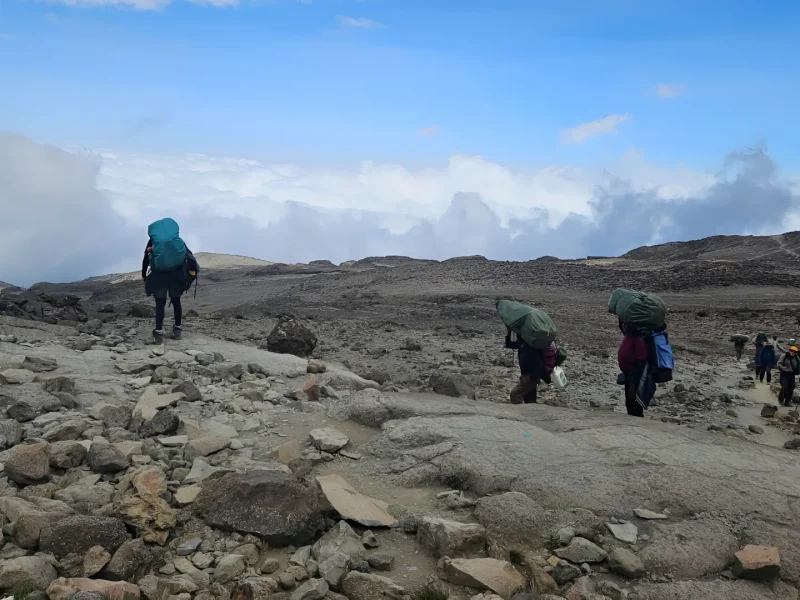
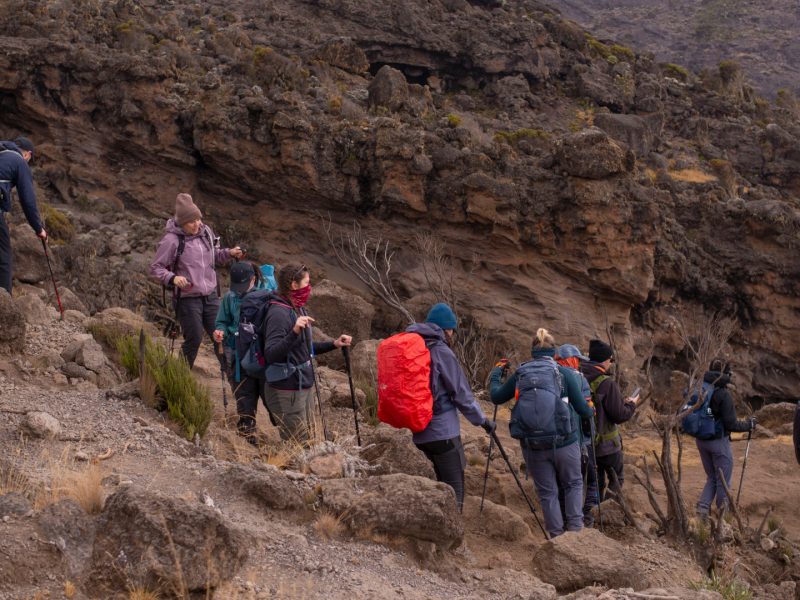
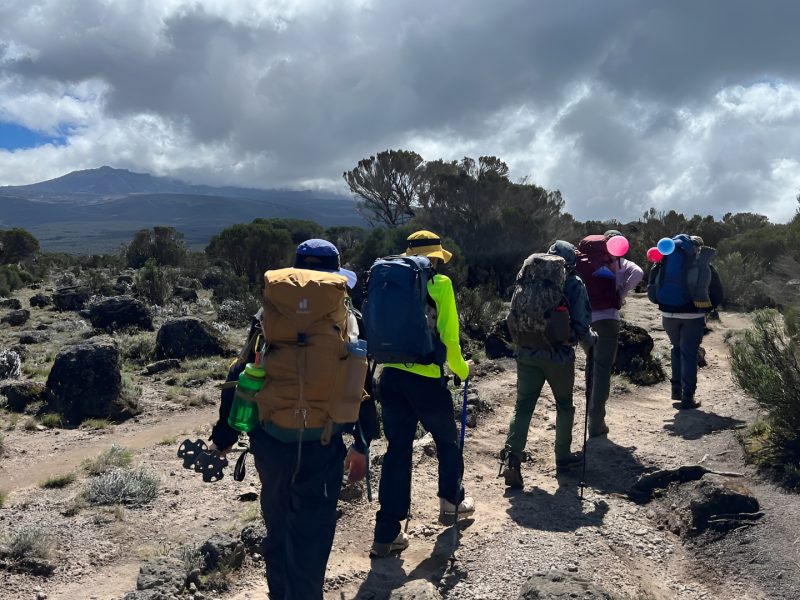
Comment (0)